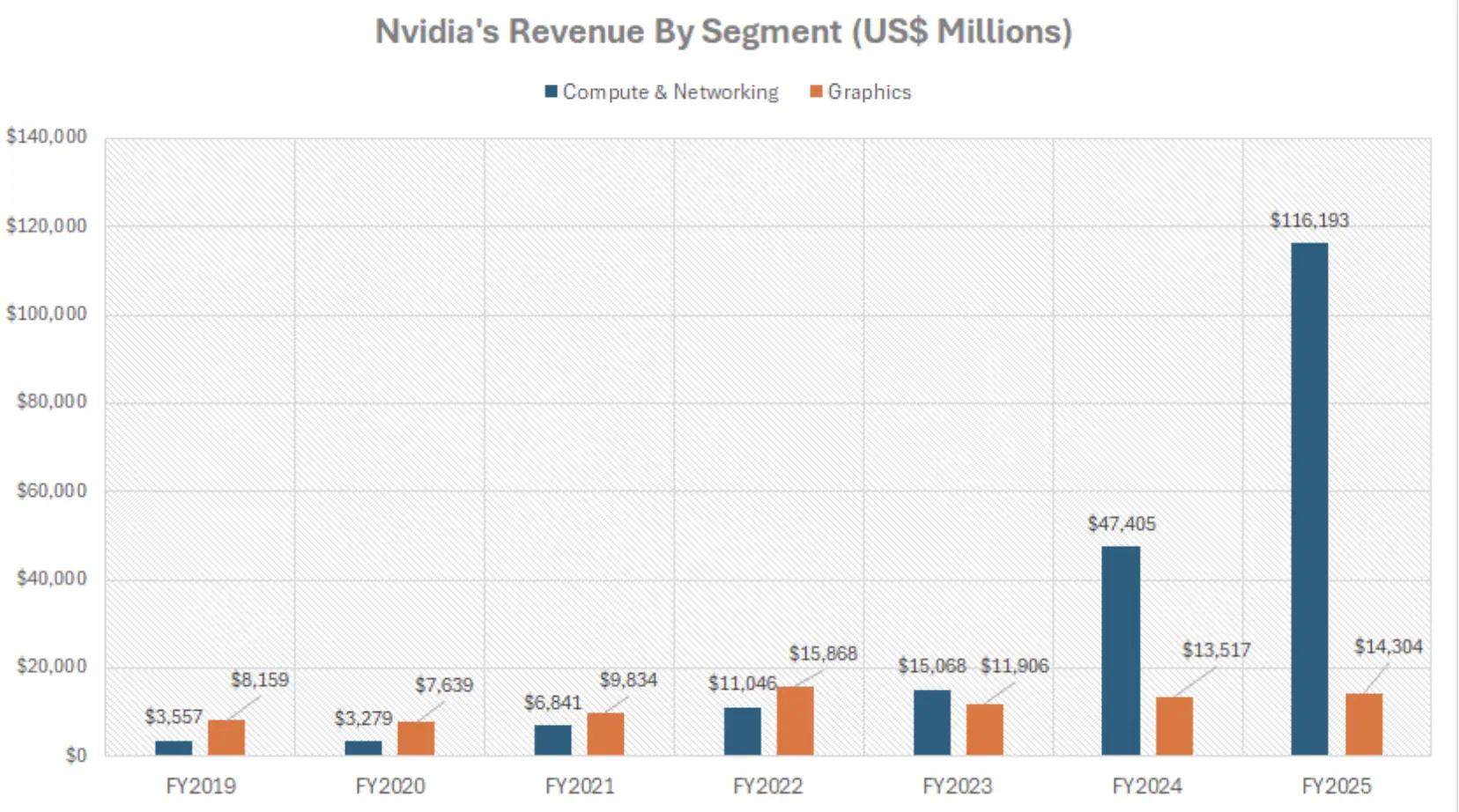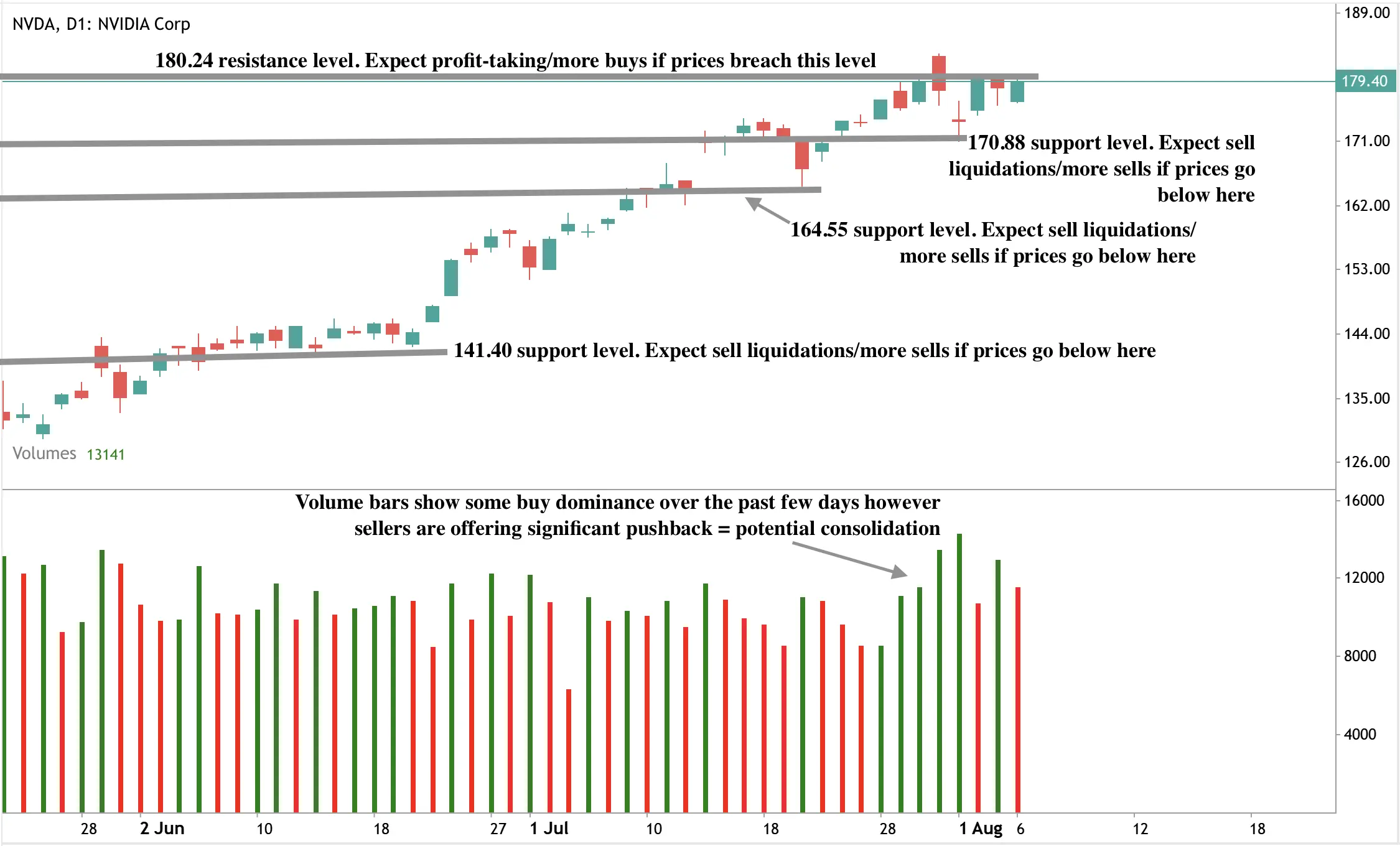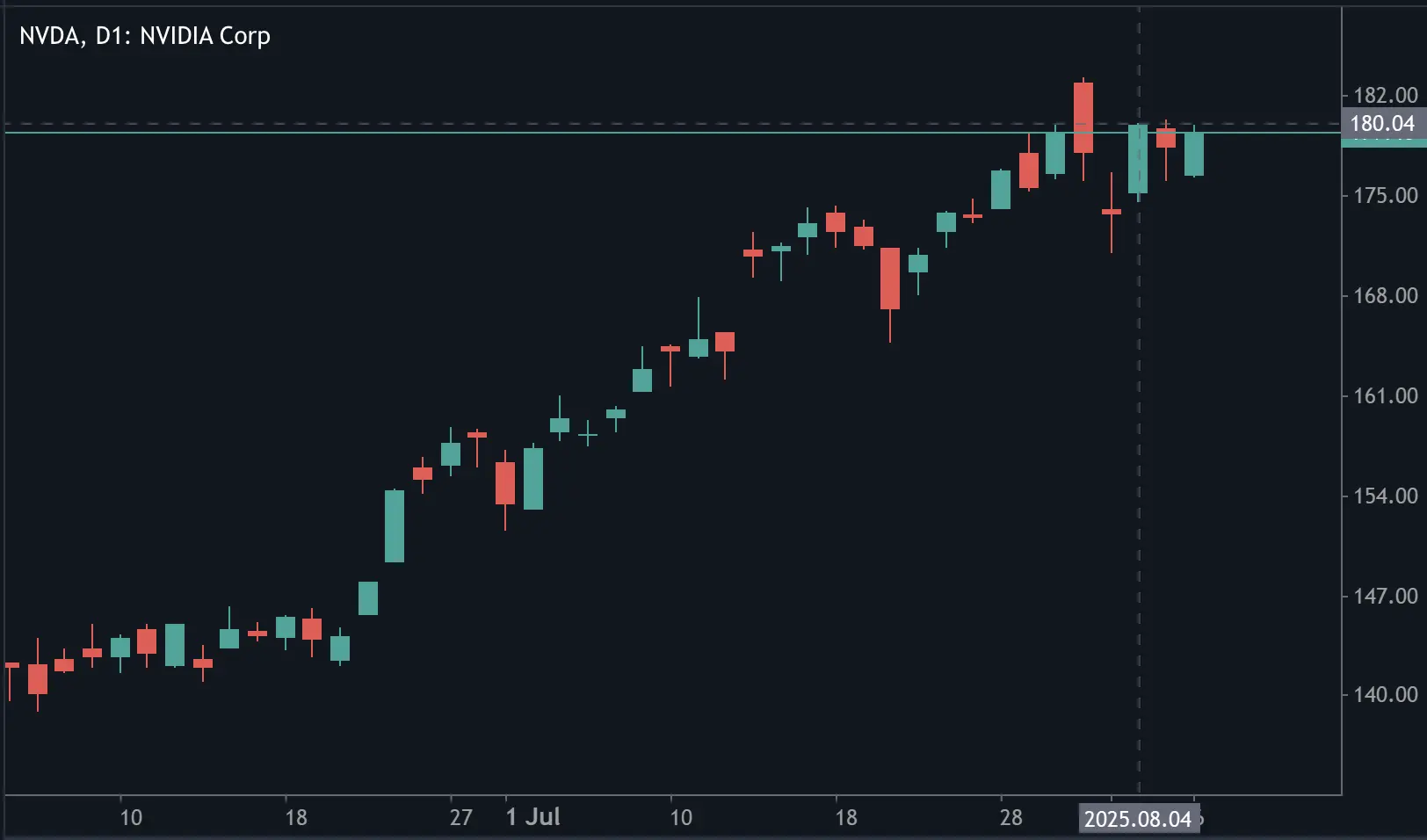Nvidia's $500 billion US investment shields against semiconductor tariffs
Nvidia's $500 billion US investment shields against semiconductor tariffs
Nvidia's $500 billion US investment shields against semiconductor tariffs

In a major development for the semiconductor industry, President Trump is moving forward with plans to impose a 100% tariff on imported semiconductors. This policy shift is expected to have significant ramifications on global chip supply chains, but it could also present opportunities for certain companies.
Nvidia, a leader in AI chip manufacturing, appears well-positioned to benefit from these changes due to its substantial U.S. manufacturing investments. Earlier this year, Nvidia committed to a $500 billion investment in domestic AI infrastructure, which aligns with Trump’s preference for companies that manufacture within the U.S. This strategic move is likely to exempt Nvidia from the new tariffs, potentially providing it with a significant competitive advantage.
Key takeaways
- Trump’s 100% semiconductor tariff plan could disrupt global supply chains but may benefit Nvidia, thanks to its $500B investment in U.S. manufacturing.
- Nvidia’s dominance in AI and networking, paired with its domestic production, positions it for tariff exemptions and sustained growth.
- Investor outlook remains strong, with Nvidia projecting 52% revenue growth in FY26, despite trade tensions and inflation concerns.
How Nvidia’s U.S. manufacturing strategy aligns with Trump’s tariff policy
Nvidia's decision to invest heavily in U.S.-based production has proven timely. As Trump’s tariff plan reshapes the semiconductor landscape, companies with domestic manufacturing capabilities, like Nvidia, are expected to fare better. The firm has already leveraged incentives from the CHIPS Act to strengthen its U.S. operations, setting it apart from rivals more dependent on Asian supply chains. While AMD, Intel, and Broadcom may also benefit from their U.S. operations, Nvidia's dominant position in the AI GPU market gives it a unique edge.
Nvidia’s networking revenue surpasses gaming as AI demand surges
Beyond its semiconductor prowess, Nvidia's networking segment is emerging as a crucial growth driver. In fiscal year 2025, this division generated $12.9 billion, surpassing the company's gaming revenue. Nvidia’s networking solutions, such as NVLink and InfiniBand, are essential for enabling large-scale AI systems, making the company a preferred choice for tech giants like Microsoft and Amazon. As AI workloads become increasingly complex, Nvidia’s integrated GPU-DPU-networking offerings position it favourably in the market, reinforcing its premium valuation.

Nvidia's technical outlook amidst tariff tensions
Currently, Nvidia's stock price is experiencing an upward trajectory despite ongoing tariff discussions. However, there are signs of resistance as sellers counter buyer momentum, suggesting a potential period of consolidation. Key price levels to monitor include resistance at $180.24, with support at $170.88 and $164.55. The outlook remains cautiously optimistic, balancing the current price strength against possible resistance.

Can Nvidia sustain 50%+ growth in 2026 as tariff policies shift?
As of early August, Nvidia's shares are nearing a 52-week high at approximately $180, outperforming competitors like Broadcom and Qualcomm. Despite challenging geopolitical conditions, Nvidia projects Q2 revenue of $45 billion, marking a 50% year-over-year increase. Analysts forecast a 52% rise in revenue for fiscal year 2026, with earnings expected to grow by over 40%. While Nvidia's forward P/E ratio of 36.3x raises some concerns, many believe its alignment with U.S. trade policy and strong market demand justify this valuation.

Trump's tariff strategy represents a shift from the incentive-based approach of the previous administration to a more punitive "build here or pay up" model. While this could disrupt global supply chains, investors are betting on exemptions for companies with substantial U.S. operations. Nvidia has already seen a stabilisation in its stock following the initial tariff announcement, with CEO Jensen Huang having met with Trump recently, potentially reinforcing the company's strategic positioning.
Implications to watch out for
If exemptions are confirmed for companies like Nvidia with significant U.S. manufacturing, it could further bolster Nvidia's market position. Its leadership in AI, domestic production alignment, and infrastructure scale provide a compelling case for continued investment, even amid inflationary pressures and geopolitical uncertainties. In this evolving policy landscape, Nvidia's strategic foresight may enable it to thrive where others face challenges.
Speculate on Nvidia’s next movements with a Deriv MT5 account today.
The performance figures quoted are not a guarantee of future performance. This content is not intended for EU residents.















